Worldwide, climate change and complex anthropogenic factors have resulted in erratic weather patterns, leading to significant challenges and loss and damage for vulnerable communities on the frontline. In particular, the increasing incidence of extreme weather events (heatwaves, floods and droughts) has left many communities surprised and unprepared. How are these experiences of extreme variability experienced by local communities and how are they anticipating living with this uncertainty?
Drawing on recent work in ANTICIPATE and TAPESTRY projects, we show the value of visual methods in eliciting the emotional and embodied experiences of uncertainty and preparedness in the Indian state of Gujarat.
As part of our co-produced research, visual methods research aims to sketch issues of vivencia (everyday lived experiences) representing climate change, uncertainty, and transformative actions of local people to unearth their perceptions, and challenges, and co-create preparedness from the ground up. We have been working in Kutch and Banaskantha, arid to semi-arid regions in Gujarat (India), that are increasingly experiencing co-located hazards such as droughts and floods in the last ten years. Our ongoing research has shown that ‘new’ patterns of rainfall in these historically drought-prone areas are creating significant problems for local communities, especially for their local livelihoods.
Being a relatively new phenomenon, it was imperative to collect visual data across seasons (summer, monsoons, autumn and winter) where images can both serve as evidence or records of existing climatic challenges as they are ‘seen’ and ‘experienced’ by these local communities, especially through the prism of livelihoods and everyday activities. We are using a wide range of visual and creative methods such as photo elicitation (using visual images to elicit narratives) with male and female farmers and pastoralists, and photovoice, (with youth and women) as per the need of the context to surface the ‘Visual Echoes’ of climate change, especially the increasing incidence of extreme weather events and their impacts in this region.
In Kutch, we co-designed a photovoice initiative with women from the Fakirani Jat pastoral community focusing on the relationship between care and climate change uncertainties. Similarly, in Banaskantha, through an intersectional photo elicitation process, we are observing how droughts and floods shape preparedness, amplify work burdens and how local communities relate to and perceive these changes. In both these sites, visual elements have been built into qualitative research inquiry for building rapport with the community and also to surface meanings which often remain hidden in mainstream research and policymaking.
Deploying a three-fold experiment
By embedding these methods within the community, it was possible to understand their everyday life and their coping practices through three lenses. One, the lens of the researcher where the research team collected visual data and narratives during their visits to the field (photo 1); two, the lens of a photographer who added an independent perspective (photo 2); and three, by flipping the gaze (lens) and looking through the vantage point of the youth, women and children within these local communities.
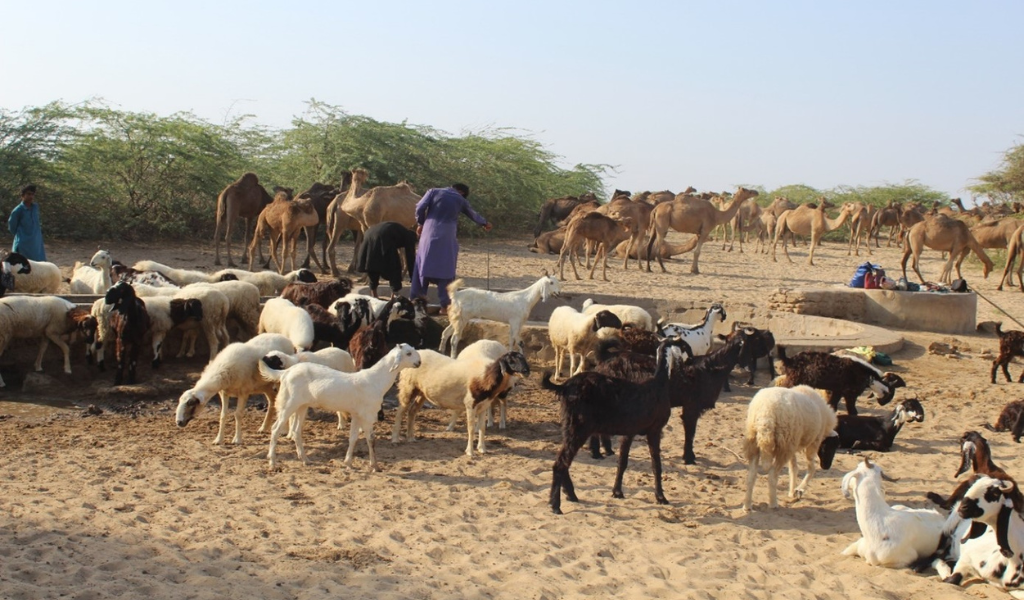

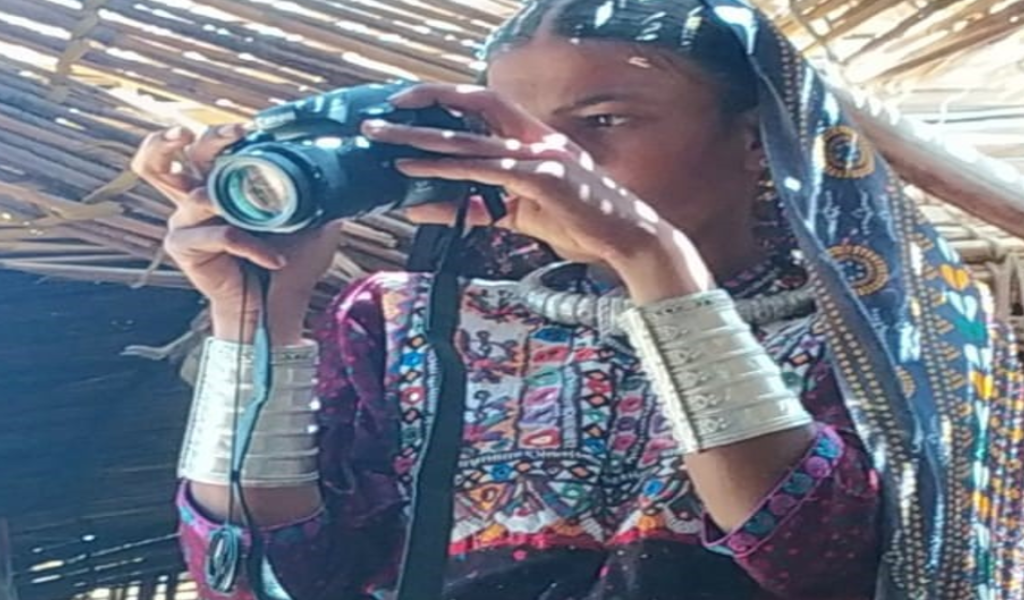
Voicing perceptions from below
Our ongoing visual research provided us with the methodological freedom to gain a deeper understanding of co-located hazards that are creating significant challenges for these local communities. For example, during the photo-elicitation process in Banaskantha, a male farmer reflected:
“by narrating our thoughts and memories of the photos [that you are showing us] it helps us to vividly recall the uncertainty and how we struggled during the floods of 2017. Ever since we have tried to prepare [for floods] according to our capacity and resources.”
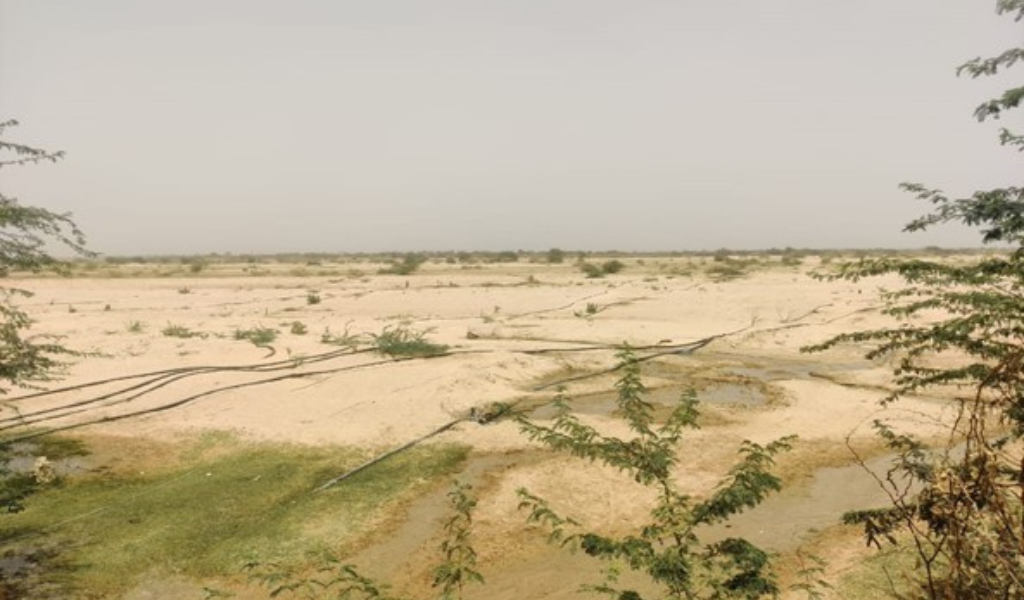
It has also helped to co-produce knowledge with the local communities especially women and youth in innovative and compelling visual formats (photographs, narratives with rich descriptions). This helped in collectively raising their hitherto hidden voices, which the participants felt liberating and emancipatory.
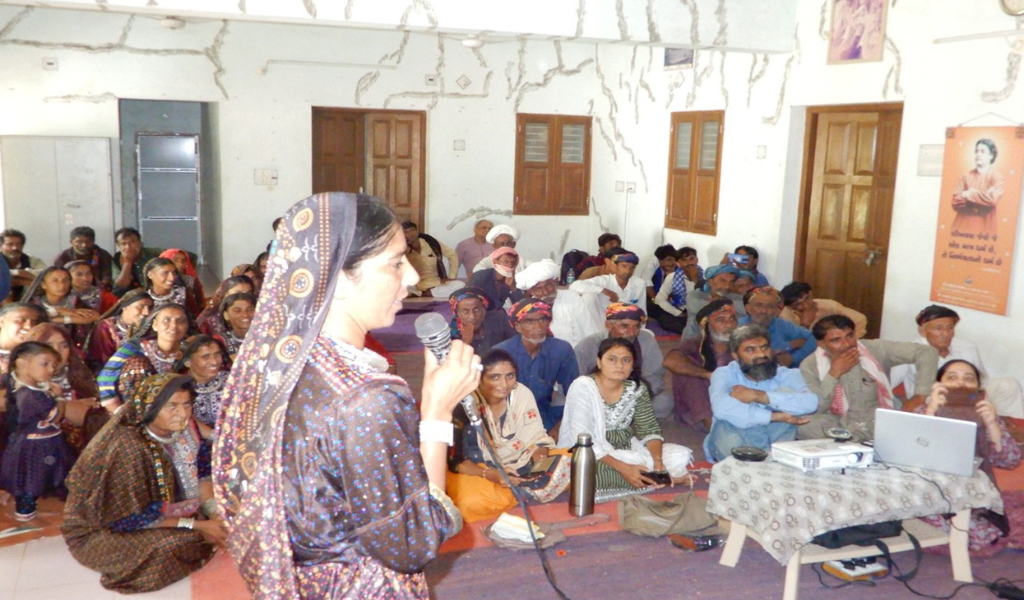
These creative methods enabled the researchers, participants, and the policy-making and influencing communities to gain access to knowledge and expressions that might have not otherwise been accessible or understood. These include the changing aspirations of the local youth; feelings and memories of the older men and women about the changing landscape and social milieu; the small changes being undertaken by the pastoralists and the farmers to adapt to uncertainties; and the ever so slight changes in women’s daily chores, especially the time invested in caring for the mal (livestock) during floods and droughts.
Different narratives of preparedness
While discussing the photos shown as a part of the visual elicitation process, the women participants in Banaskantha who relocated to the village after marriage recounted their memories of infrastructure development (roads and dairy), the shift towards cash crops (especially tobacco), and the decreasing quality and availability of water. An adolescent girl reflected:
“I have observed through all these photographs that different communities anticipate and prepare [for summer and monsoons] and this is shaped by the availability of resources, their traditional customs and their recognition and status within the society”
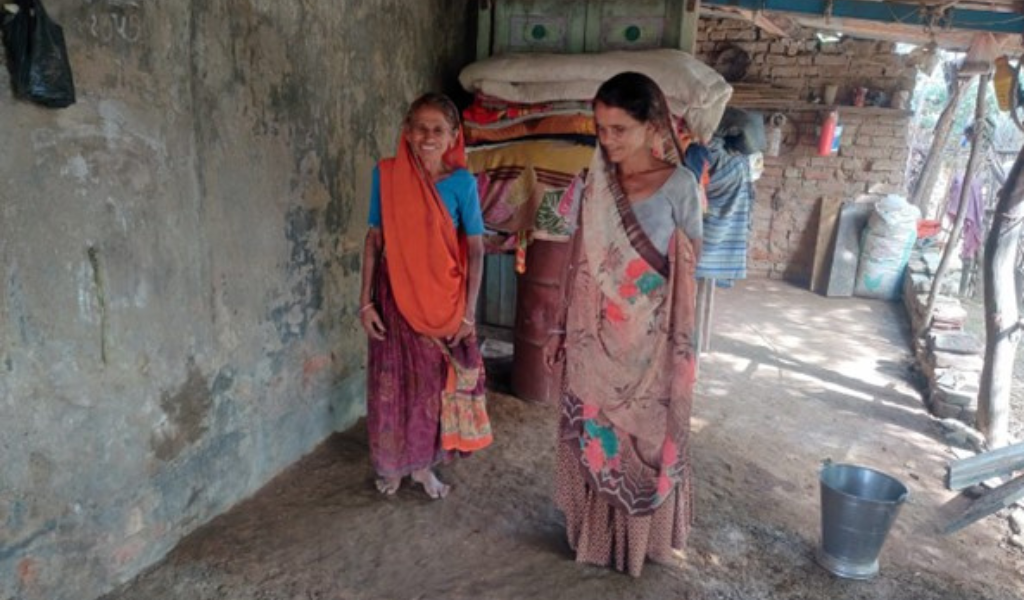
Constructing alternative narratives
Our photovoice with pastoral women and our photo-elicitation with male and female farmers have brought forth the dominant contribution of women towards livelihoods as well as the challenges they face due to these hazards. For example, a Jat woman (photovoice participant) mentioned:
“As we are discussing the pictures that we have taken, I realise that we, women, play a very big role in nurturing our camels and other livestock. A woman has to work hard throughout the day. We have no holidays. That is why I always encourage our adolescent girls to continue with their education to get a job or learn embroidery and other things. They can then earn money to support their family. Also, life would be a bit easier.”
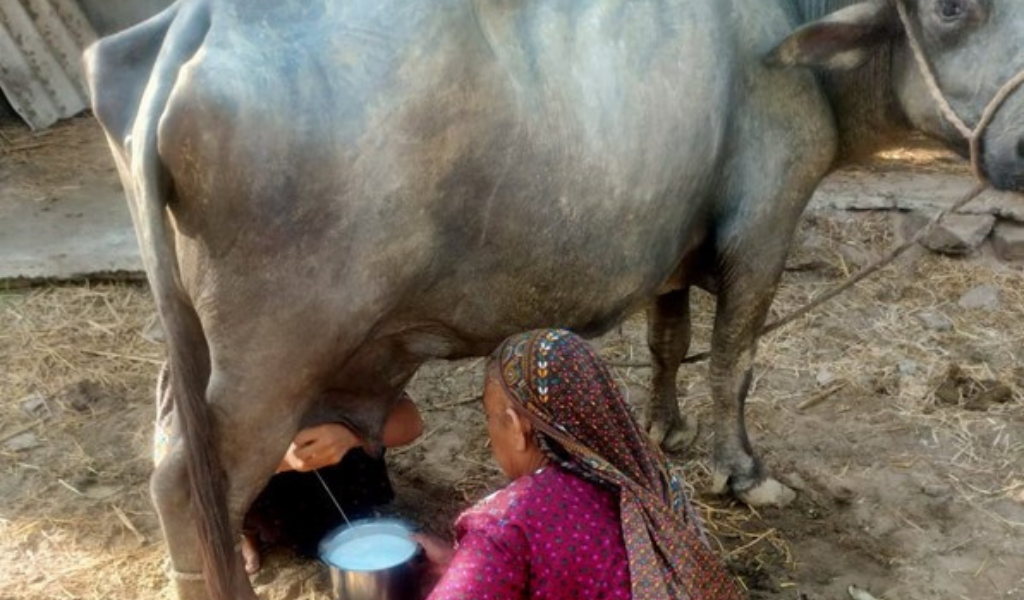
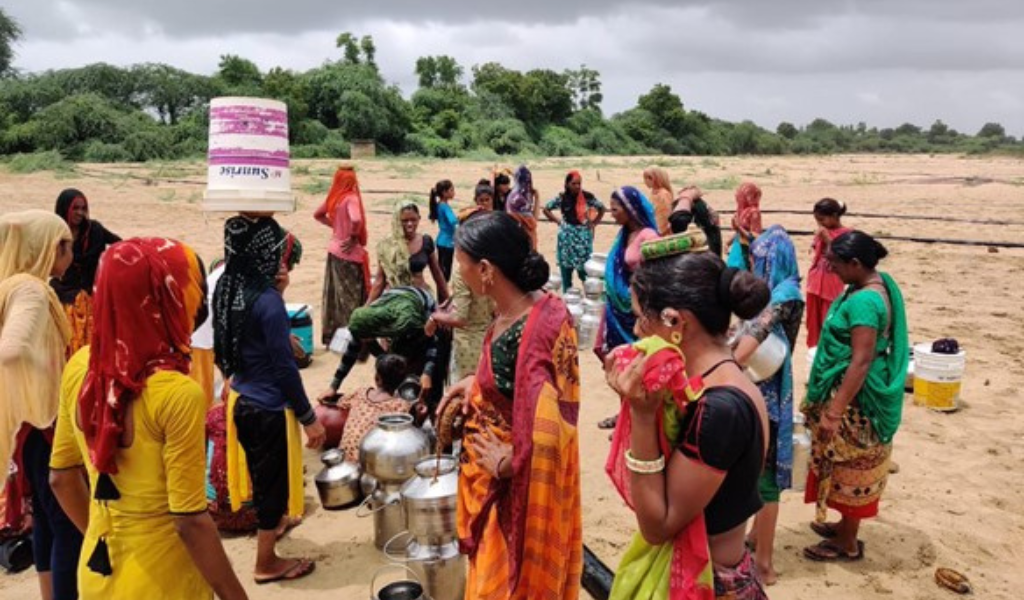
Reflections and way forward
The inevitable strictures of traditional methods often take time to wholly understand an emerging phenomenon of co-located hazards from an etic (outside) lens. While natural science can bring forth the evidence of weather patterns over a macro scale and social science can unearth the changing trends and patterns of a population, the creative and visual methods, which consist of the photos taken by the participants evocatively bring out the mundane daily motions of the community, including the ever so slight changes in the village topography during the dry and wet seasons.
Moreover, engagement through visual methods enables us to co-produce with the different sections of the community. It is a collaborative transdisciplinary effort to ‘anticipate’ what preparedness may look like, whose voices and perspectives need to be considered and how community-led preparedness, with recognition and support from the state and civil society actors, needs to be made more inclusive and equitable. We continue to build on these findings and lift these voices through our ongoing research.
The authors would like to thank Pankaj Joshi, Mahendra Bhanani, Nipun Prabhakar and Amadh Padhiyar for facilitating this research with the local communities in Kutch.
